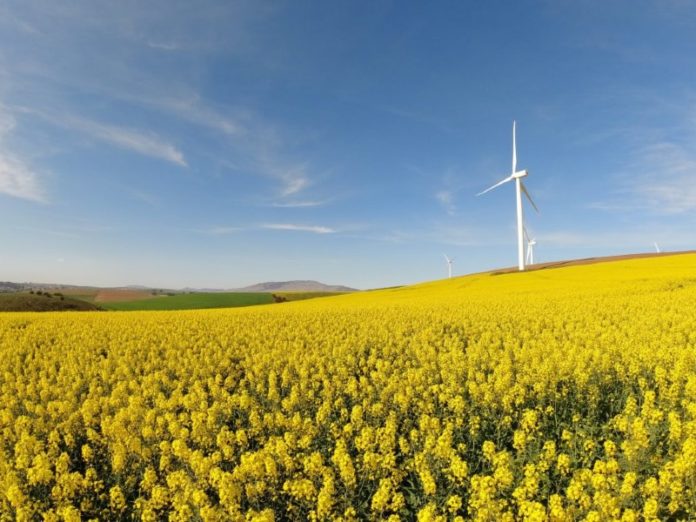
While the revival of the REIPPP programme in 2021 holds great promise to expand South Africa’s large-scale renewable energy market, grid constraints in the country’s high-yield renewable energy areas need addressing urgently.
“Following bidding round 5 (BW5), where several lower-cost bids were not selected as preferred bidders due to grid constraints, Eskom confirmed that there is no longer grid capacity in the Northern Cape and that the network in the Western Cape (WC) is at saturation point,” reads GreenCape’s latest Large Scale Renewable Energy Market in South Africa report.
This Market Intelligence Report, launched on the Green Hub at Enlit Africa, looks at all projects greater than 1MW and covers generation supplied to Eskom, municipalities and private consumers and points out that: “The state-owned utility needs tariff support to raise capital to finance the grid upgrades required and has solicited industry-wide support on negotiations with private landowners for securing servitudes in grid constrained areas.
“This presents a challenge, and Eskom will need to confirm what transmission grid evacuation capacity remains ahead of BW6, scheduled for launch early 2022,” reads the report.
Jack Radmore, GreenCape Programme Manager: Energy & Climate Finance pointed out that grid capacity will drive future decisions around where renewable energy projects would be located in South Africa. “Regions like Mpumalanga have significant additional capacity. It’s time to innovate and chase exciting new opportunities,” said Radmore.
Local manufacturing to expand the renewable energy market
The South African renewable energy manufacturing sector has been in survival mode thanks to factors such as the small size of the domestic market, the threat of cheap imports, policy uncertainty, high input costs and a limited skills base geared towards renewable energy manufacturing.
But, it is estimated that around 14 million solar panels and 3,600 wind turbines will be required to meet the IRP2019 plans by 2030. So, if global supply chain issues – thanks to the double whammy of the COVID-19 pandemic and the Ukraine/Russia conflict – continue, a rethink of the order of the day may be necessary.
The MIR provides a breakdown of the local manufacturing opportunities in the solar and wind value chain, based on the past bid rounds and key input materials’ availability, quality and cost.
The report says the large-scale renewable energy market size is forecasted to enable investment of R418bn by 2030, R62bn of that earmarked for the Western Cape. These figures reflect the capital needed to build the projects mentioned in the Integrated Resource Plan. Over and above that though, potential opportunity lies in capitalising on the value chain opportunities to ramp up renewable energy manufacturing.
Radmore points out that South Africa has a strong base for manufacturing key renewable energy components. “ … a strong steel and cement industry for towers, a strong extrusion industry for mounting structures/trackers, strong electro-technical for key electrical components (transformers, inverters etc.), cabling, raw and semi-processed minerals for use in batteries and strong boatbuilding and textile industry as a foundation for blades.”
Hyper localised opportunity lies on the West Coast
“There are many compelling reasons why the Western Cape is fast becoming the place to invest in the Greentech sector. Not only does Cape Town have a wealth of skilled (green) professionals, but it also offers businesses good IT infrastructure and support and low operational costs.
“The Western Cape is also home to the Atlantis Greentech SEZ, the only Greentech SEZ in Africa; it is expected to attract R3.7bn ($262m) in investments over the next two decades. Four large-scale investors are already fully operational in Atlantis SEZ,” said Radmore.
He points out that the 14 REIPPP projects in the Western Cape comprise 14% of all wind energy procured and 6% of all solar energy procured in the country.
“Furthermore, 60% of all successful projects in the REIPPP (developed by companies located in Cape Town) are due to its geographic advantage and an ecosystem enabling other developers, services providers and manufacturing,” said Radmore.
GreenCape has also prepared an Industrialisation Opportunity Market Intelligence Brief that looks more broadly than just opportunities available through the energy market. It looks specifically at the stumbling blocks and opportunities that lie in the country being able to ramp up its industrialisation across various sectors, though still dependent on whether or not the country can significantly increase its electricity generation.